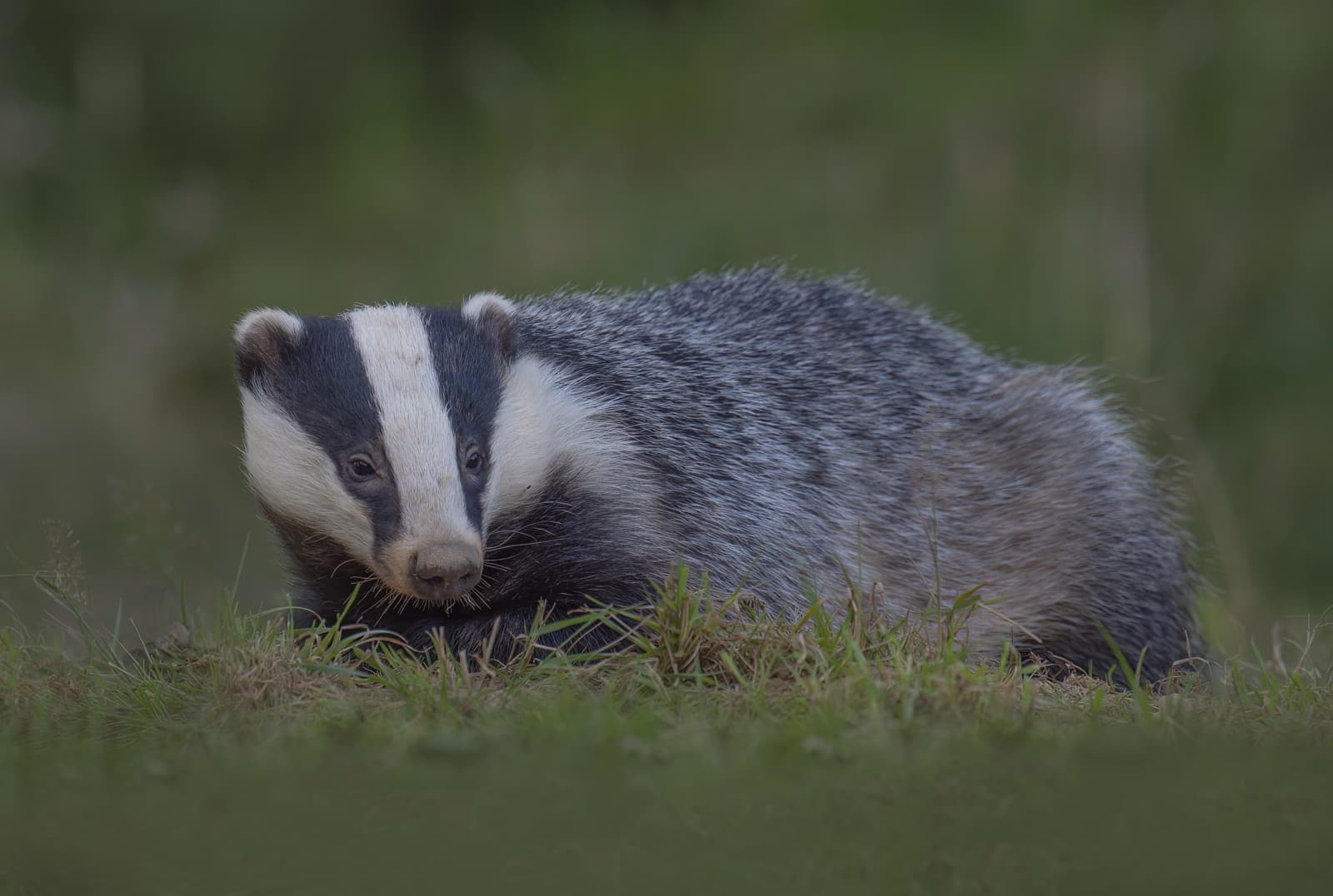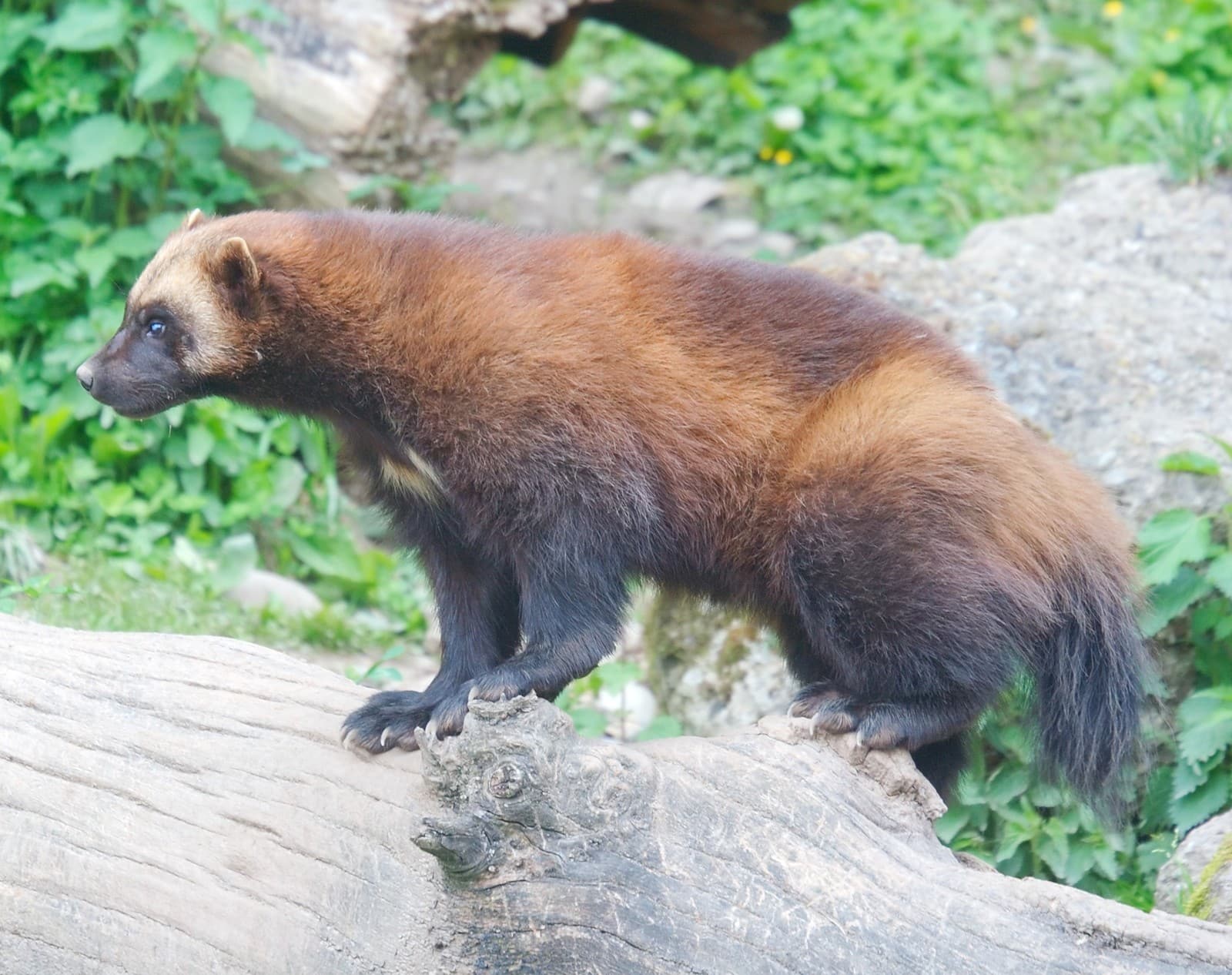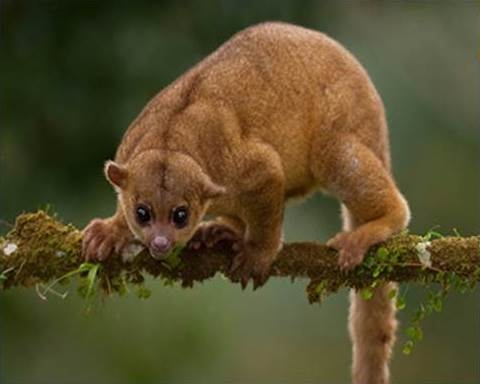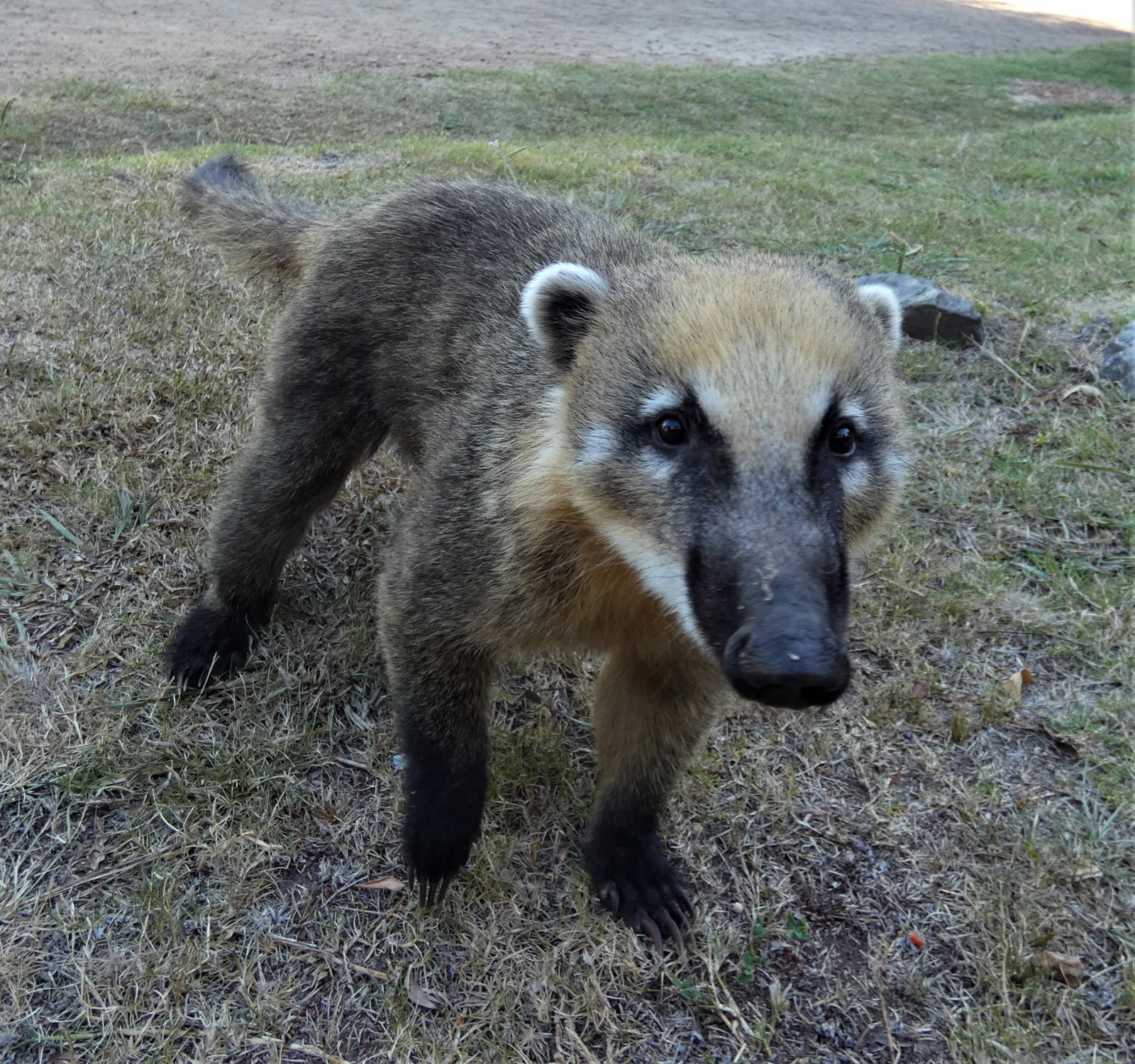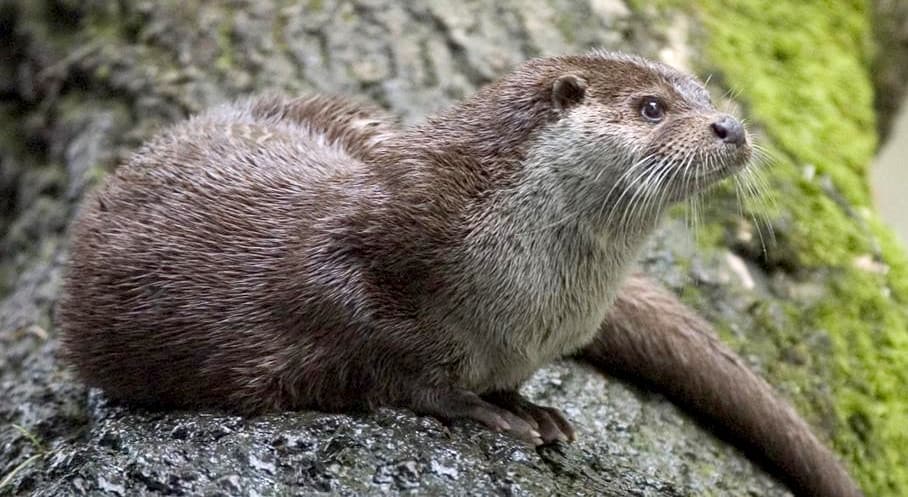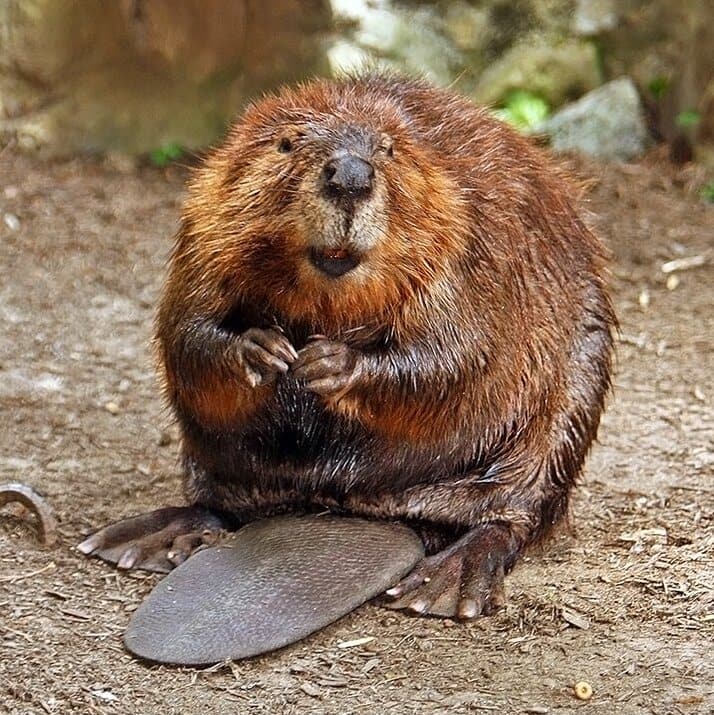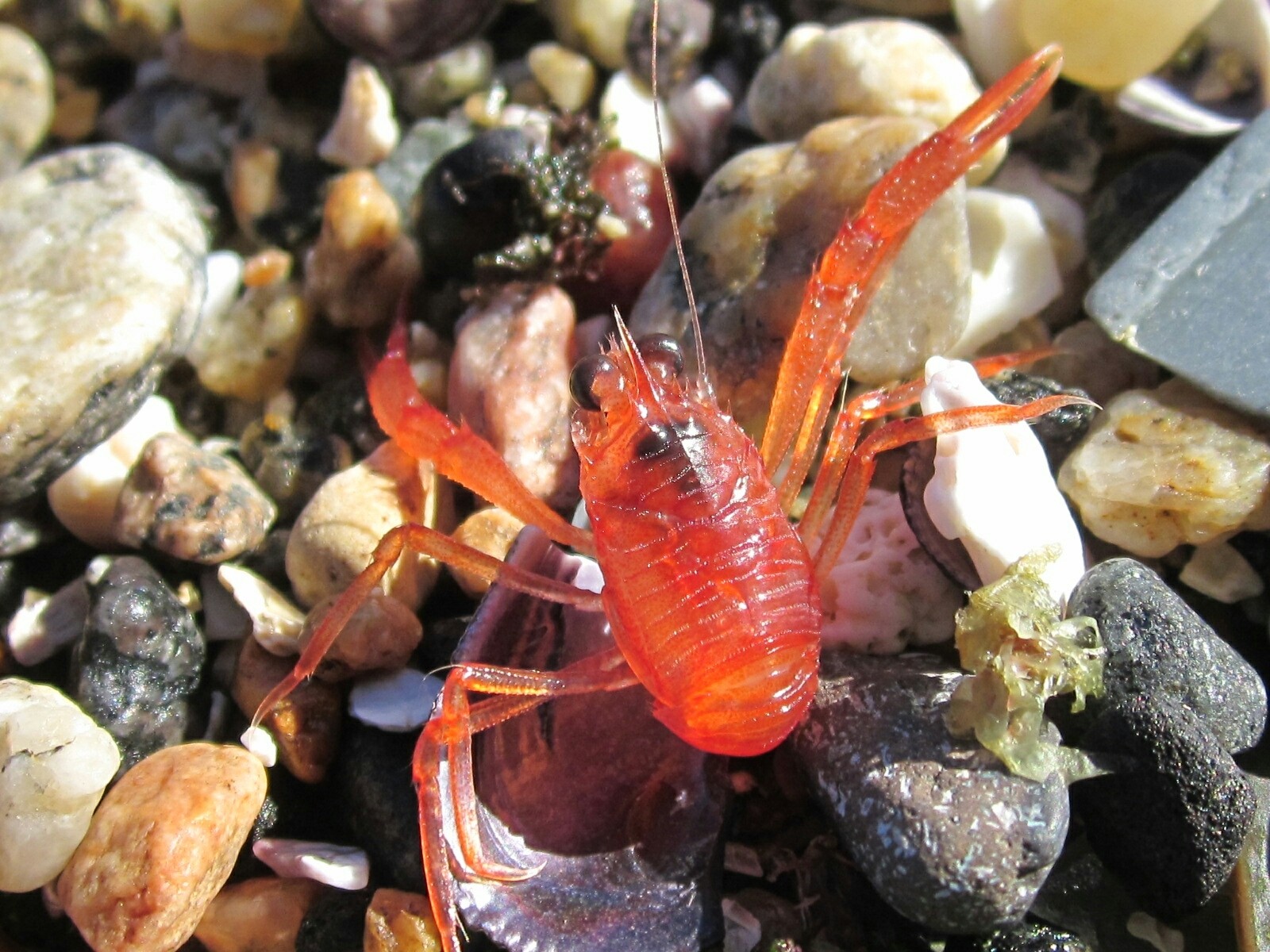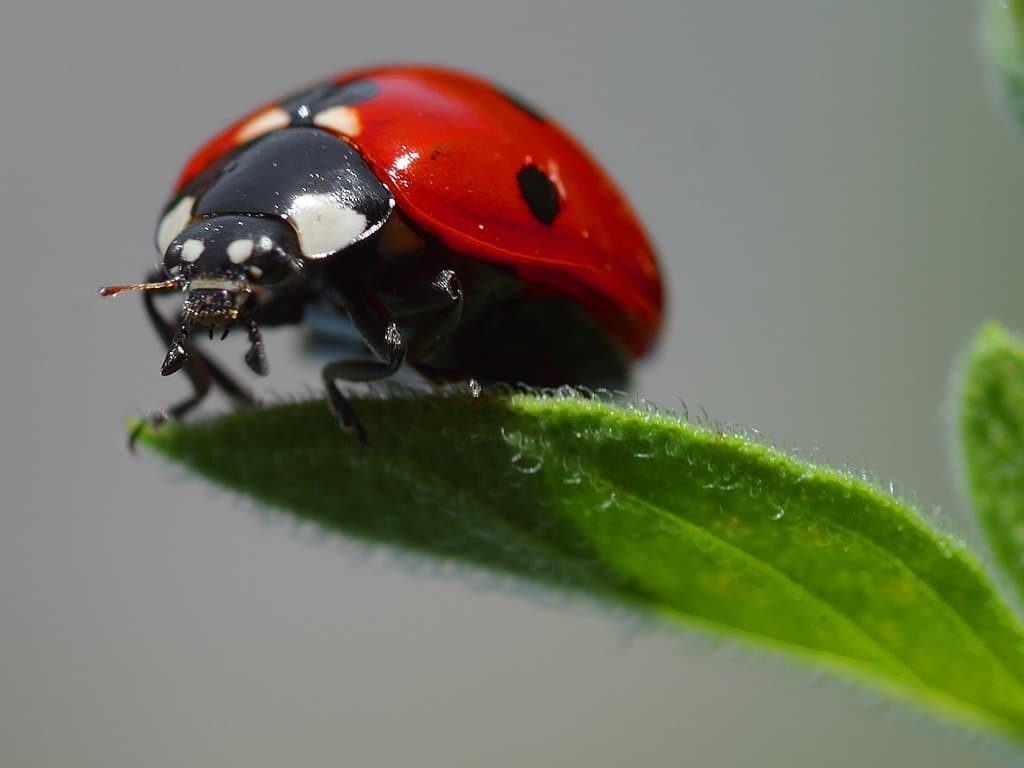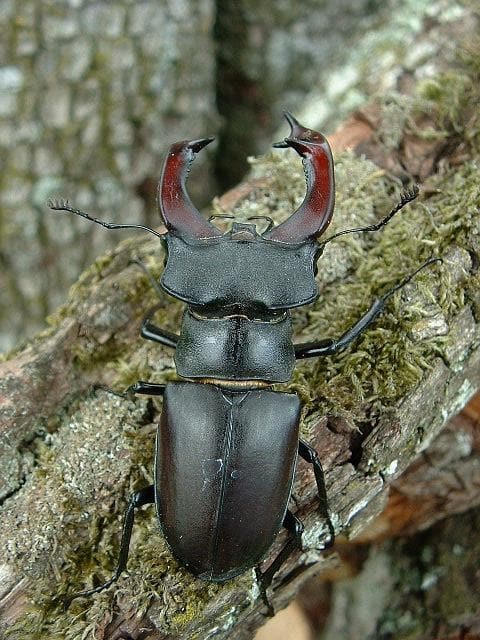Zorse vs Zonkey: A Complete Comparison
When comparing a Zorse vs Zonkey, both are remarkable zebra hybrids that showcase nature’s genetic diversity. A Zorse, resulting from crossing a zebra with a horse, typically stands 14-15 hands high (56-60 inches), while a Zonkey, born from a zebra and donkey pairing, reaches 11-13 hands (44-52 inches). These distinctive hybrids share zebra striping patterns but differ significantly in build, temperament, and capabilities.
The primary distinction lies in their parentage and resulting characteristics. Zorses inherit the athletic build and higher speed potential of horses, capable of reaching speeds up to 40 mph (64 km/h). Zonkeys display the hardy nature and sure-footedness of donkeys, making them excellent pack animals for rough terrain.
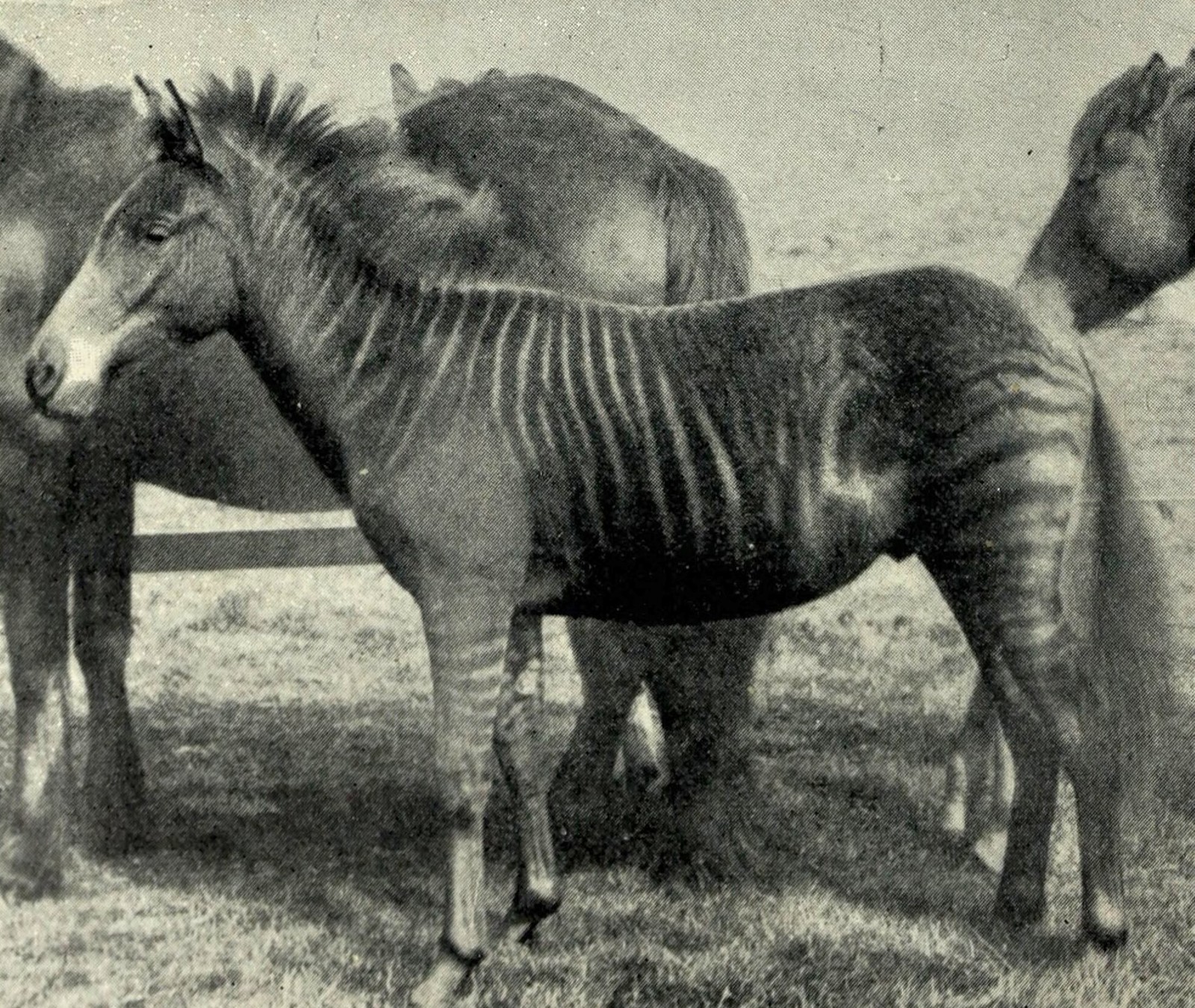
The Zorse exhibits the classic equine profile of its horse parent while featuring distinctive zebra striping patterns. These stripes typically appear more prominently on the body and can vary in intensity and coverage depending on the individual.
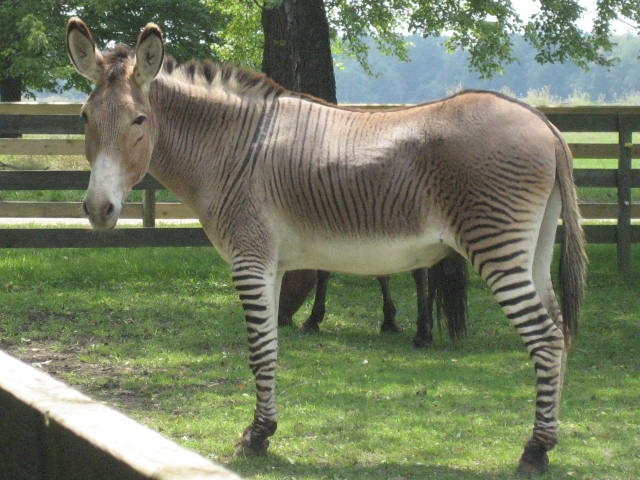
The Zonkey demonstrates its donkey heritage through its compact build and distinctive ears, while zebra genetics contribute to its striking striped pattern, particularly visible on the legs and lower body.
Key Differences: Zorse vs Zonkey Comparison
| Feature | Zorse | Zonkey |
|---|---|---|
| Height | 14-15 hands (56-60 inches) | 11-13 hands (44-52 inches) |
| Weight | 800-1000 lbs (363-454 kg) | 500-700 lbs (227-317 kg) |
| Speed | Up to 40 mph (64 km/h) | Up to 25 mph (40 km/h) |
| Temperament | More spirited, athletic | Calmer, more stubborn |
| Striping Pattern | Full body, variable intensity | Primarily legs and lower body |
| Primary Use | Riding, showing | Pack animal, companion |
Physical Characteristics and Appearance
Zorses typically inherit the muscular build and refined features of horses, combined with zebra striping that can vary from subtle to pronounced. Their coat patterns often show more complete striping across the body, though the intensity can differ significantly between individuals. Standing taller and more athletically built, Zorses maintain the graceful neck and proportions of their horse parentage.
Zonkeys display a more compact, robust build characteristic of donkeys. Their striping tends to concentrate on the legs and lower body, often featuring a prominent dorsal stripe. The head shape and ears clearly show donkey influence, while zebra genetics contribute to their unique striping pattern and sometimes affect their facial features.
Behavior and Temperament
Zorse Characteristics
- More energetic and athletic disposition
- Higher training potential for riding
- Can be more challenging to handle
- Requires experienced handlers
- Shows strong herd instincts
Zonkey Characteristics
- Calmer and more steady temperament
- Excellent pack animal capabilities
- Known for intelligence and memory
- More independent nature
- Strong self-preservation instincts
Care and Maintenance Requirements
Both hybrids require specialized care that combines elements from both parent species. Daily requirements include:
- Regular hoof maintenance every 6-8 weeks
- High-quality grass hay as primary feed
- Access to fresh water and minerals
- Secure fencing at least 5 feet (1.5 m) high
- Regular veterinary care from an equine specialist
Which Makes a Better Companion?
The choice between a Zorse and Zonkey largely depends on intended use. Zorses better suit experienced equestrians looking for a unique riding mount, while Zonkeys excel as companion animals or pack animals for trail work. Both require experienced handlers and specialized care, making them unsuitable for novice owners.
Conservation and Breeding Considerations
These hybrids are relatively rare, with only a few hundred documented worldwide. Both Zorses and Zonkeys are typically sterile, following the pattern of most hybrid animals. Breeding programs remain limited to specialized facilities with expertise in hybrid equine reproduction.
Frequently Asked Questions
Are Zorses and Zonkeys fertile?
Most are sterile, though rare exceptions exist in female hybrids.
How long do they live?
Both typically live 20-25 years with proper care.
Can they be ridden?
Zorses are more commonly ridden, while Zonkeys excel as pack animals.
Which is more expensive?
Zorses typically command higher prices due to their larger size and riding potential.
Are they legal to own?
Ownership regulations vary by location; check local exotic animal laws.
